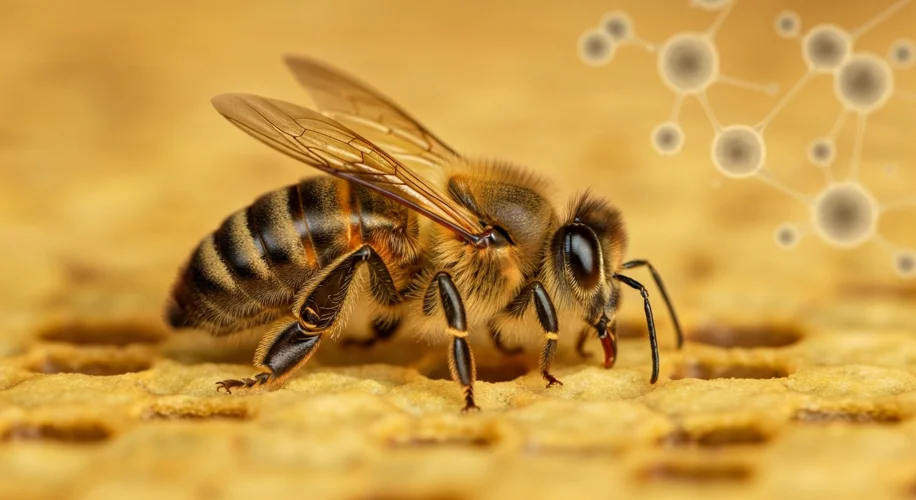Did you know that the humble honeybee is facing some serious challenges? From pesticides to habitat loss, our buzzing friends need all the help they can get. That’s why a recent scientific development has me really excited – scientists have engineered yeast to create a ‘superfood’ for bees, and the results are pretty remarkable.
Think of it like this: imagine creating a perfectly balanced nutritional supplement, tailored specifically for bees. That’s essentially what this team has achieved. They’ve modified yeast, a single-celled organism we often associate with bread and beer, to produce the essential nutrients that bees need to thrive.
Why yeast? Well, yeast is incredibly adaptable and can be programmed to produce a wide range of compounds. The researchers focused on creating a food source rich in proteins, lipids, and vitamins – key components that are sometimes lacking in a bee’s natural diet, especially when floral sources are scarce or contaminated.
What makes this a ‘superfood’? The engineered yeast doesn’t just provide basic sustenance; it’s designed for optimal bee health. The scientists found that when bees were fed this specialized yeast, their colonies saw incredible growth. We’re talking about colonies that grew up to 15 times larger! This isn’t just a small improvement; it’s a massive leap forward.
This kind of innovation is exactly why I’m so passionate about sustainable solutions. It’s about understanding a problem, like the decline of bee populations, and finding smart, science-based ways to address it. Bees are vital for our ecosystems and our food supply, pollinating a huge percentage of the crops we rely on. Supporting them isn’t just good for nature; it’s good for us too.
What’s next? The hope is that this engineered yeast can be scaled up and used as a supplementary feed for bees, especially during critical periods like winter or times of drought when natural food sources are limited. It’s a promising step towards bolstering bee populations and ensuring the health of our planet’s food systems. It’s a fantastic example of how scientific ingenuity can offer real solutions to pressing environmental issues.

